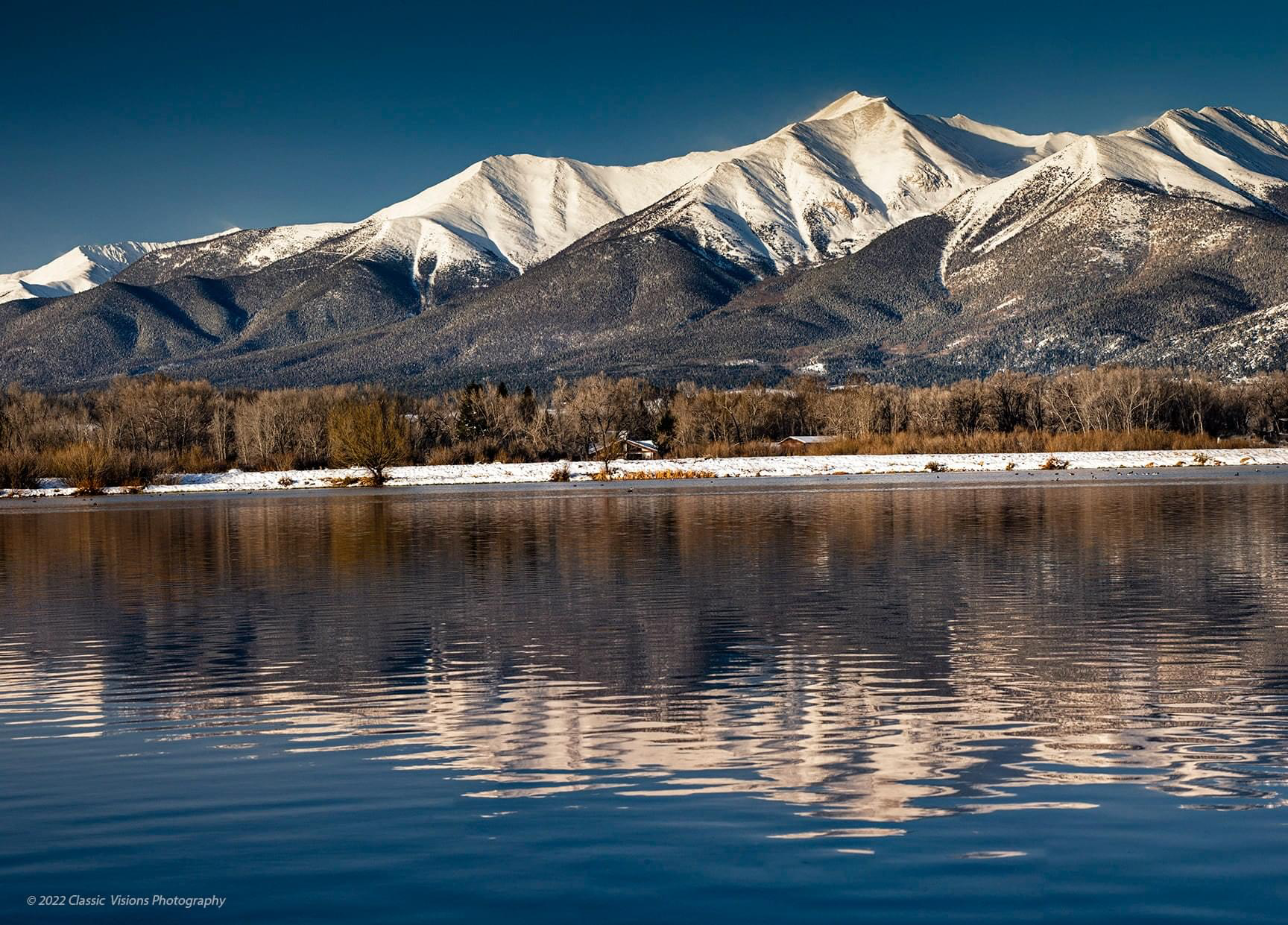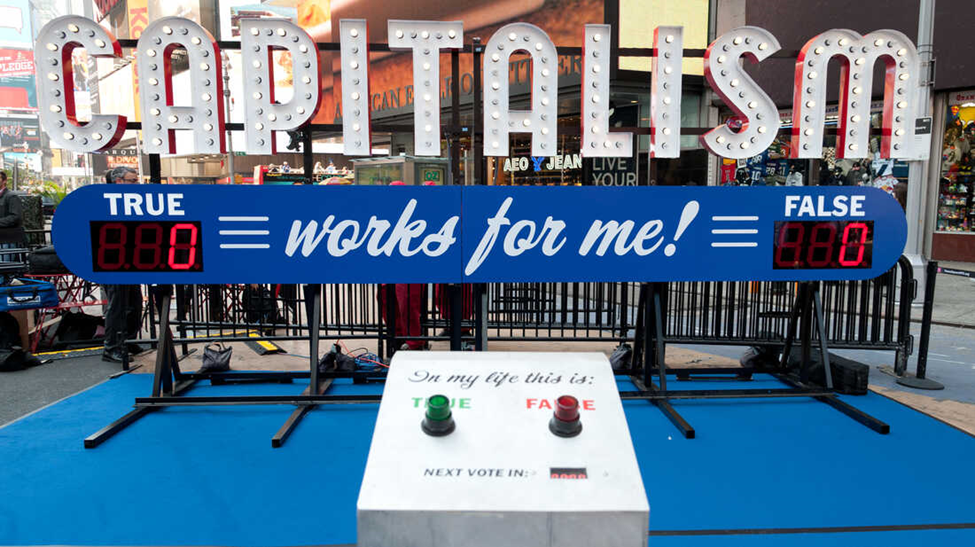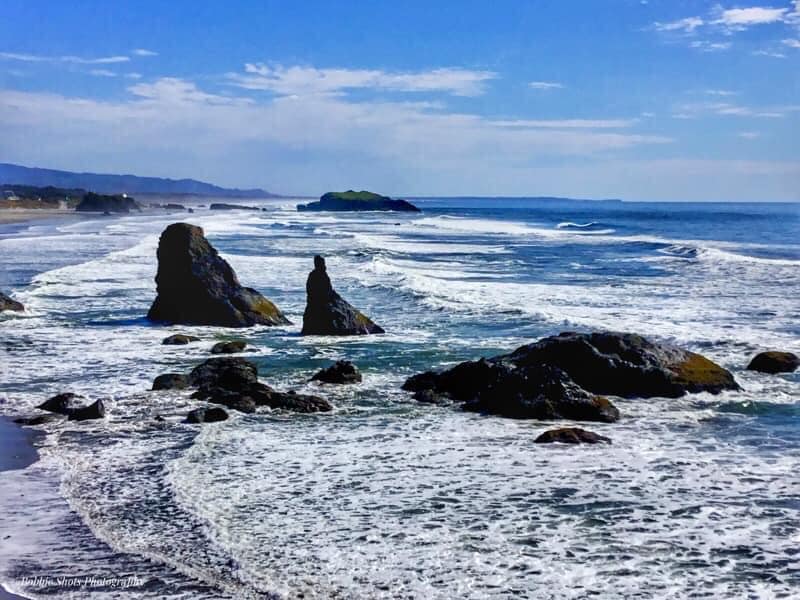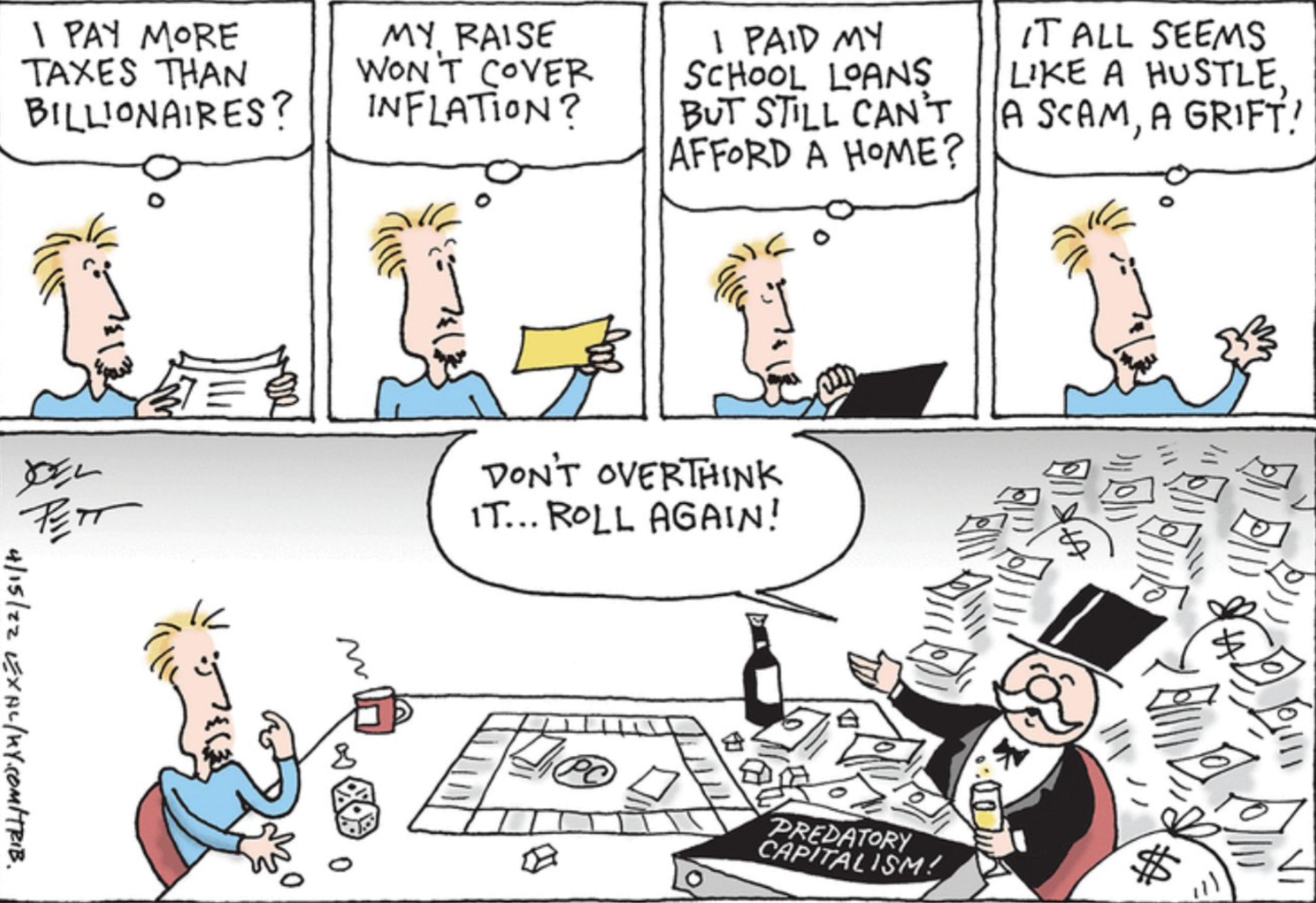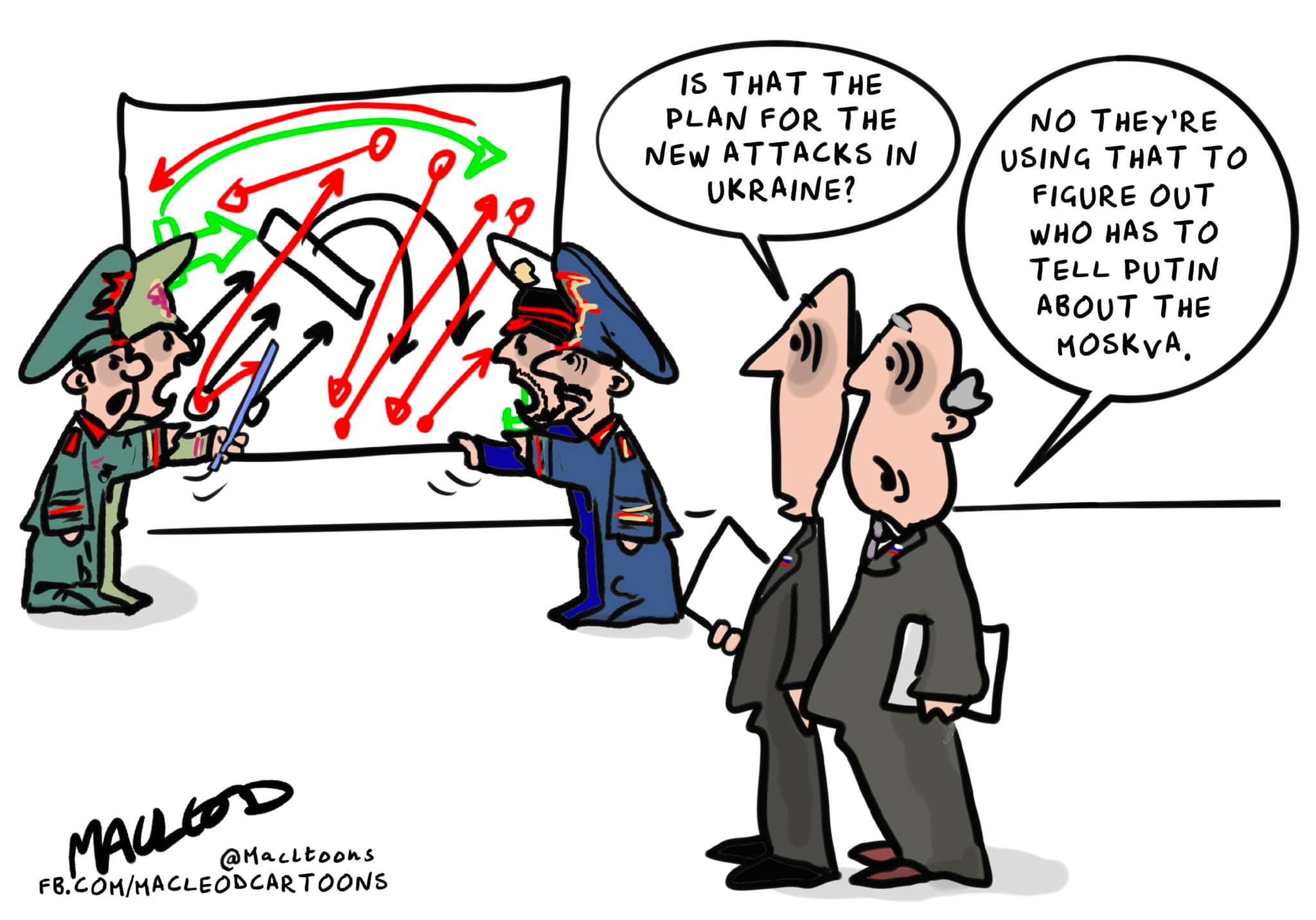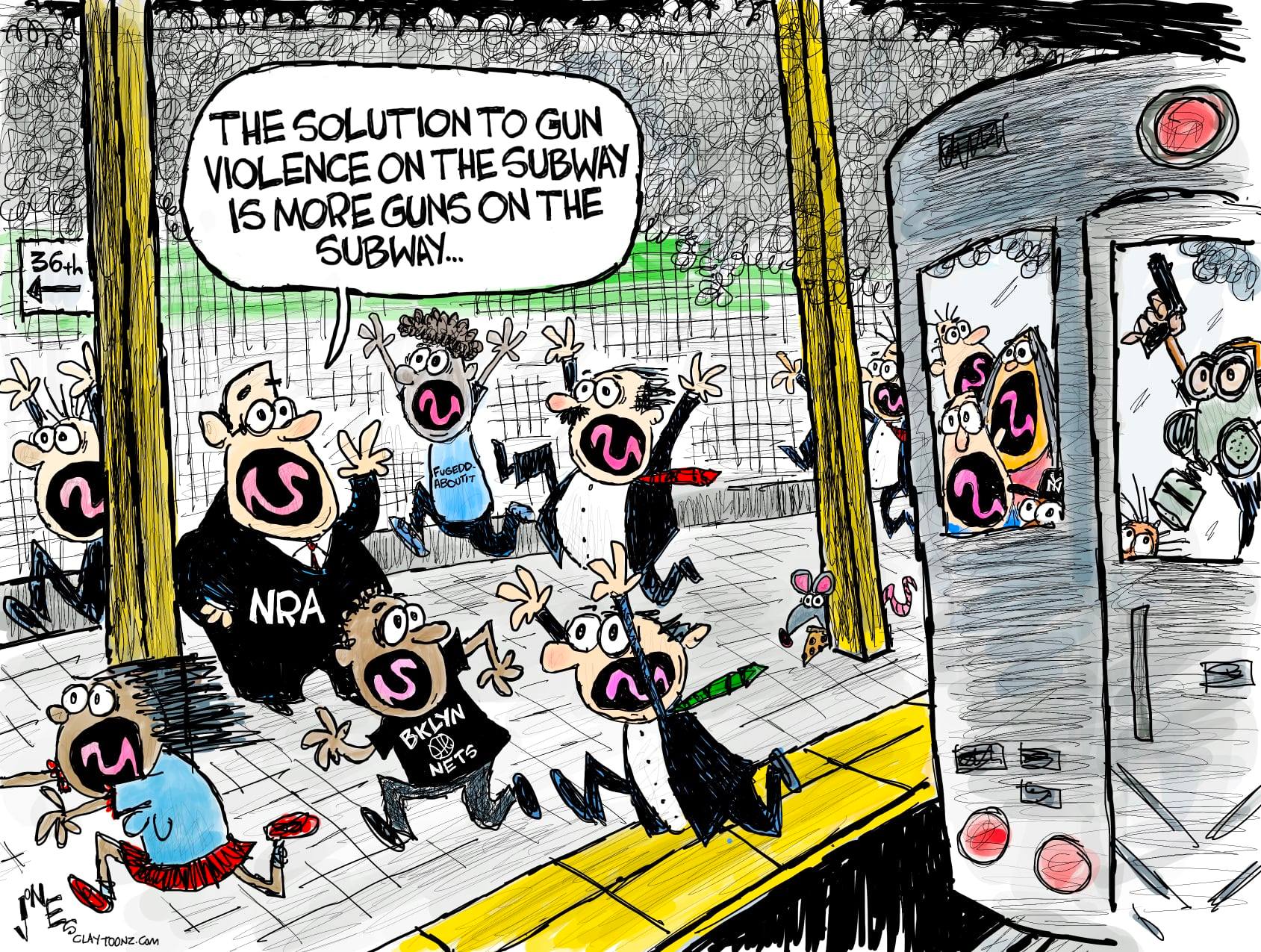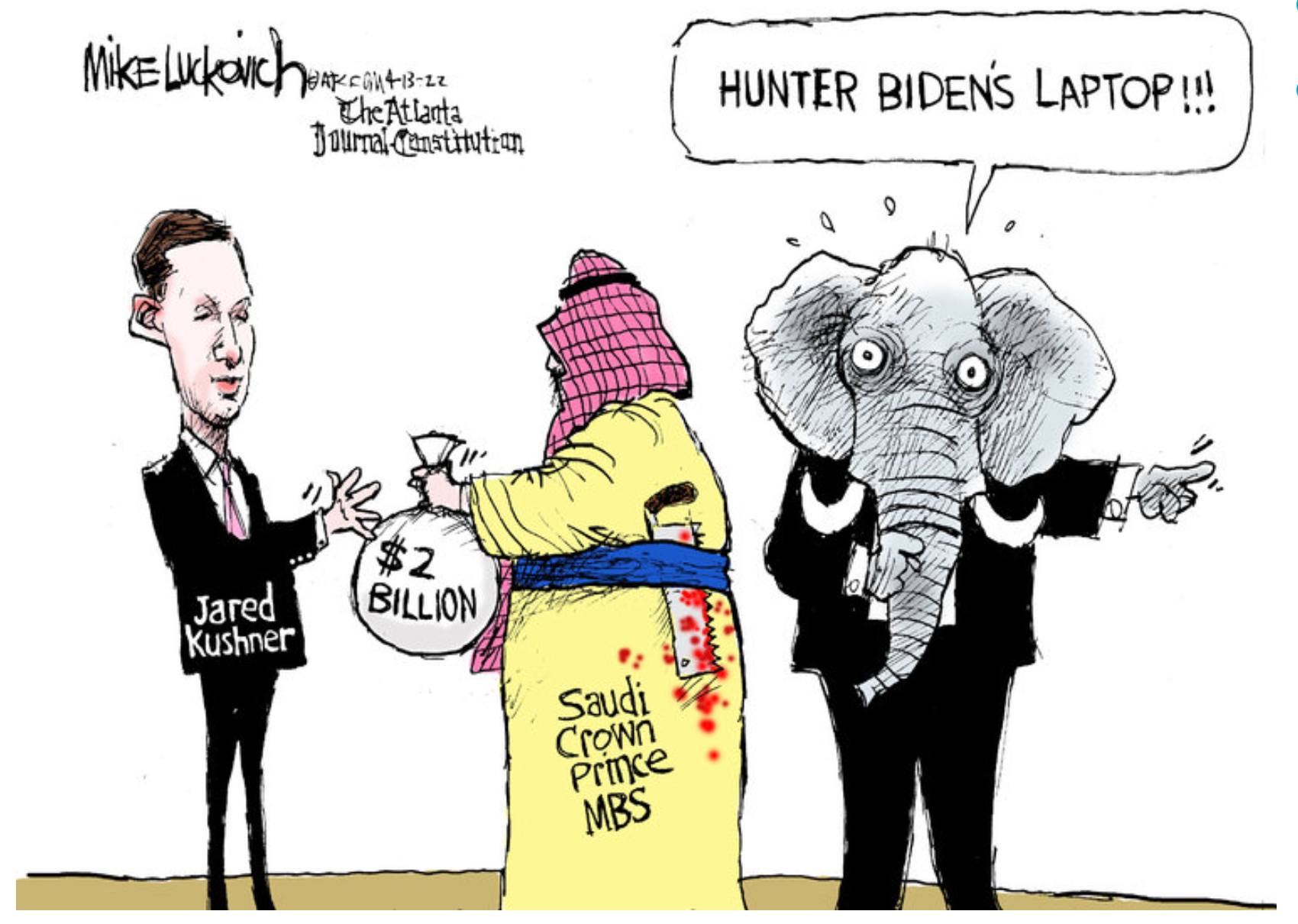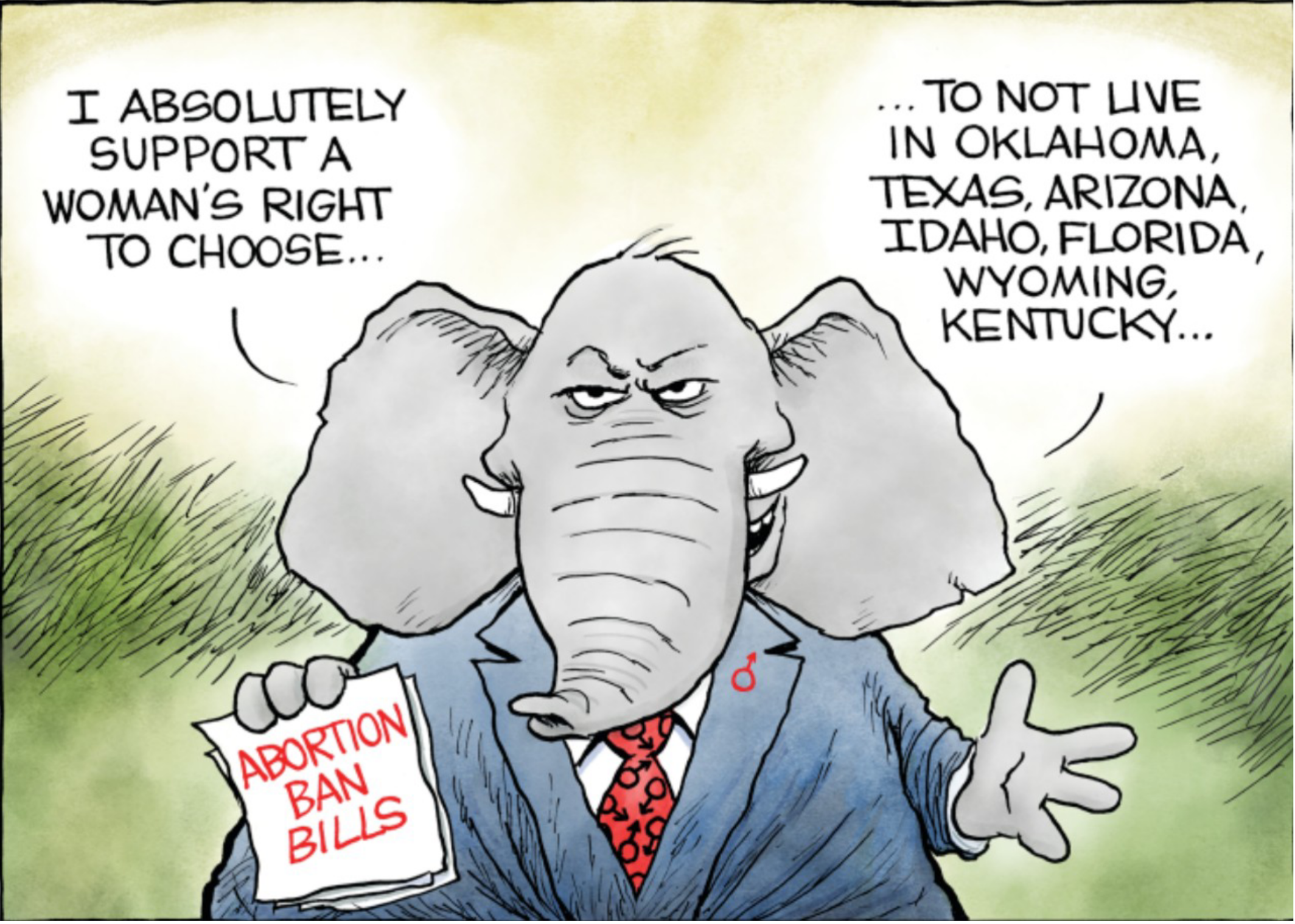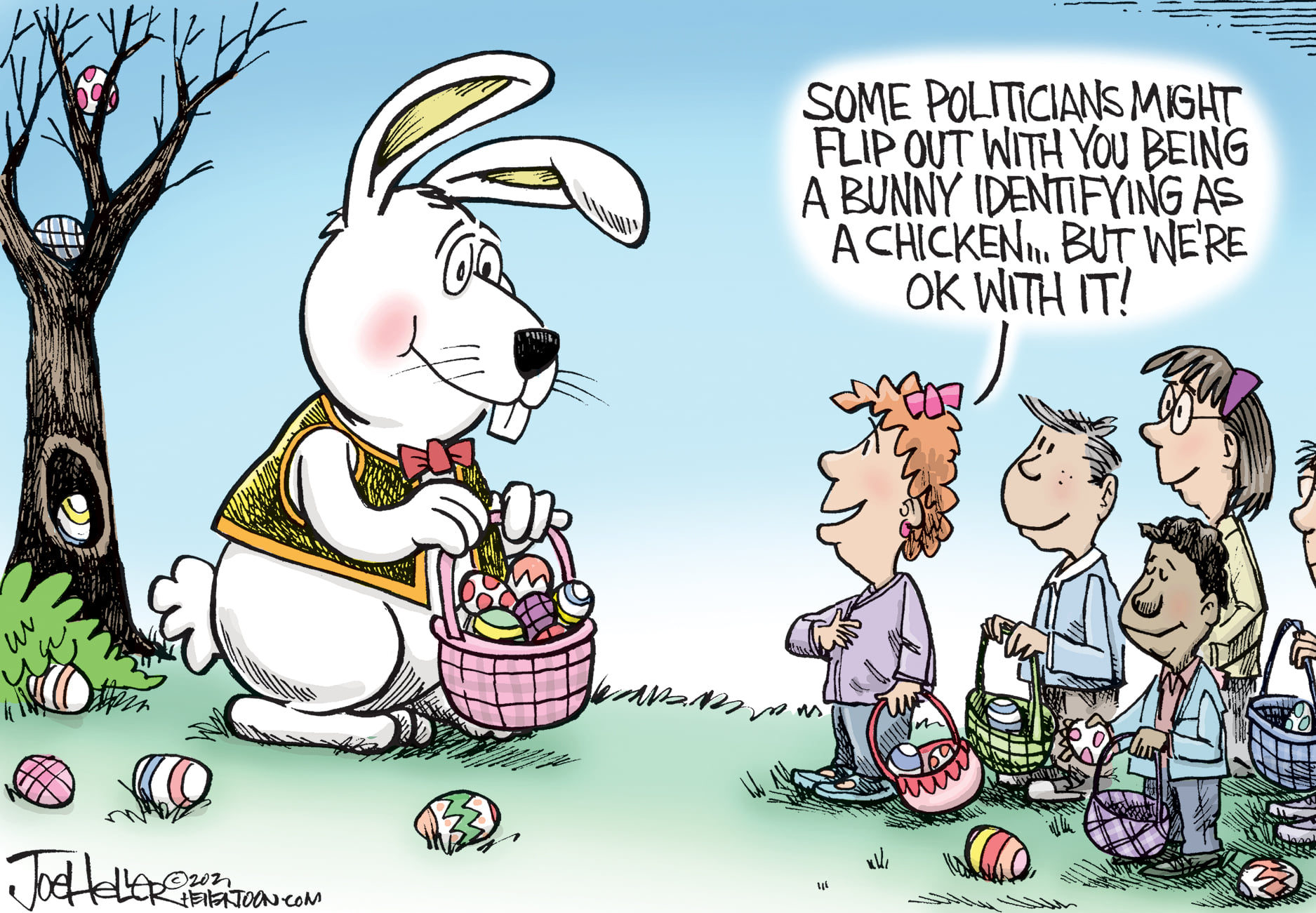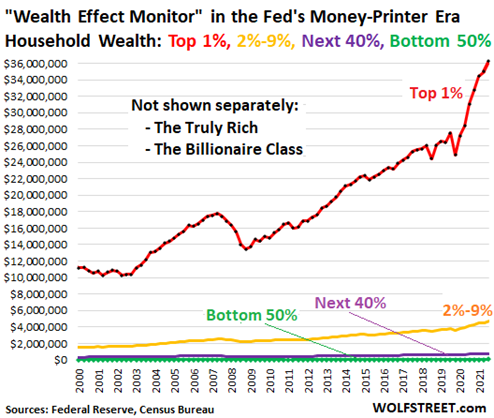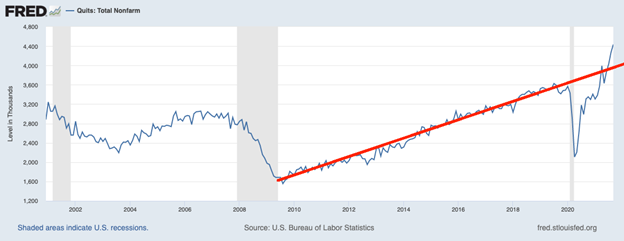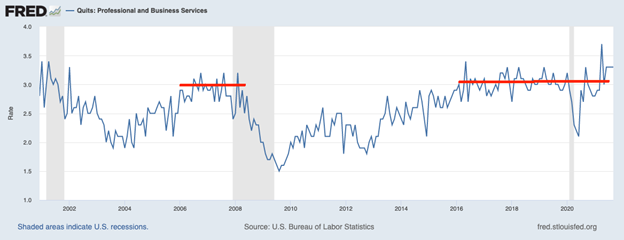The Daily Escape:

Wallowa Lake near Joseph, OR – May 2022 photo by Danny J Goff
From Judd Legum:
“Nearly 40,000 lawsuits have been filed against Johnson & Johnson (J&J), alleging that the company’s baby powder causes cancer. The lawsuits claim that customers became sick with mesothelioma or ovarian cancer after being exposed to asbestos contained in talcum powder.”
In July 2018, a Missouri jury awarded $4.7 billion in damages to 22 women who said they contracted ovarian cancer from J&J baby powder. According to judge Rex Burlison, J&J:
“…knew of the presence of asbestos in products that they knowingly targeted for sale to mothers and babies, knew of the damage their products caused, and misrepresented the safety of these products for decades.”
Obviously J&J appealed, and an appeals court reduced the verdict to $2 billion. J&J wasn’t satisfied and further appealed the verdict, ultimately to the US Supreme Court. In June 2021, however, the Supremes refused to hear the case, letting the $2 billion award stand.
J&J had no interest in bankruptcy, but came up with another strategy to protect most of its assets from the current and any future judgements. In July 2021, the company launched “Project Pluto,” in which J&J would create a new subsidiary, LTL Management, which would “own” the liability for the baby powder litigation. It also would receive about $2 billion in cash. LTL would then declare bankruptcy.
More from Judd Legum:
“J&J is attempting to exploit a 1989 Texas law, deploying a legal maneuver known as the “Texas two-step.” J&J temporarily became a Texas company and then executed a “divisive” merger. The move split J&J into two new companies: one with almost all of the assets and no baby powder liability and another with all of the baby powder liability and few assets.” The latter almost immediately filed for Chapter 11 bankruptcy.
More:
“By filing for bankruptcy, all civil litigation against LTL Management is immediately halted. The claimants no longer have the ability to have their claims heard in court. Instead, if the scheme is successful, all claimants have to split up a limited pool of assets defined by J&J.”
That’s the “Texas Two-Step.” You may remember that in 2021, the NRA had requested to be reincorporated in Texas when it filed for bankruptcy, a move hailed by Texas governor Gregg Abbott. It would also have led to splitting the NRA into two companies, with the liability in the new firm. That effort failed when a Texas judge wouldn’t allow the move without the approval of New York State, something NYS wouldn’t do.
It’s possible in every state to split a company’s assets and liabilities through a spin-off, and spin-offs have often been used to fraudulently transfer assets that might be part of a bankruptcy. The Two-Step exploits a quirk of Texas law, which defines “merger” as including not just two companies merging into one, but also the exact opposite, when a company divides into two or more entities.
Texas and Delaware are the two states that allow for such “divisive” mergers. This type of “merger” avoids what in bankruptcy circles is called a “fraudulent transfer” of assets, assets that should by rights be considered a part of the bankruptcy estate to be divided among the firm’s creditors.
The deemed lack of an asset transfer is what makes the Texas Two-Step unique and interesting to J&J.
The Senate Judiciary Subcommittee on Federal Courts, Oversight, Agency Action, and Federal Rights, led by Sen. Sheldon Whitehouse (D-RI), is looking into the legality of the Texas Two-step:
“It does not make sense for a $450 billion corporation with 38,000 people with potentially lethal injuries to be able to carve off $2 billion…and walk away from the responsibility for what it did.”
We’ll see what becomes of the lawsuits against J&J and the LTL Management company.
More broadly, this shows we need to substantially strengthen the US bankruptcy fraudulent transfer laws. Unfortunately, that’s a political fight between the capitalist wolves and the consumer lambs, with all the best lawyers on the side of the wolves. For example, J&J has retained Neal Katyal, former Acting US Solicitor General under Obama to help with their liability carve-out. Katyal is earning $2,465/hour while working for J&J. Seems reasonable, no?
The wolves know that the legal positioning really matters. They will fight tooth and nail to keep the firm’s money in the firm and out of the hands of the plaintiffs. Even though there are substantially more lambs than wolves, the lambs have neither the resources nor the smarts to protect themselves.
These greedy schemes by America’s biggest firms are designed to dodge financial responsibility. J&J is attempting to cheat cancer patients from getting what the courts have already awarded them.
The management and their attorneys should face prison time for depriving justice to these consumers who won in court.
If we can’t bring Capitalism to heel, it must go.

